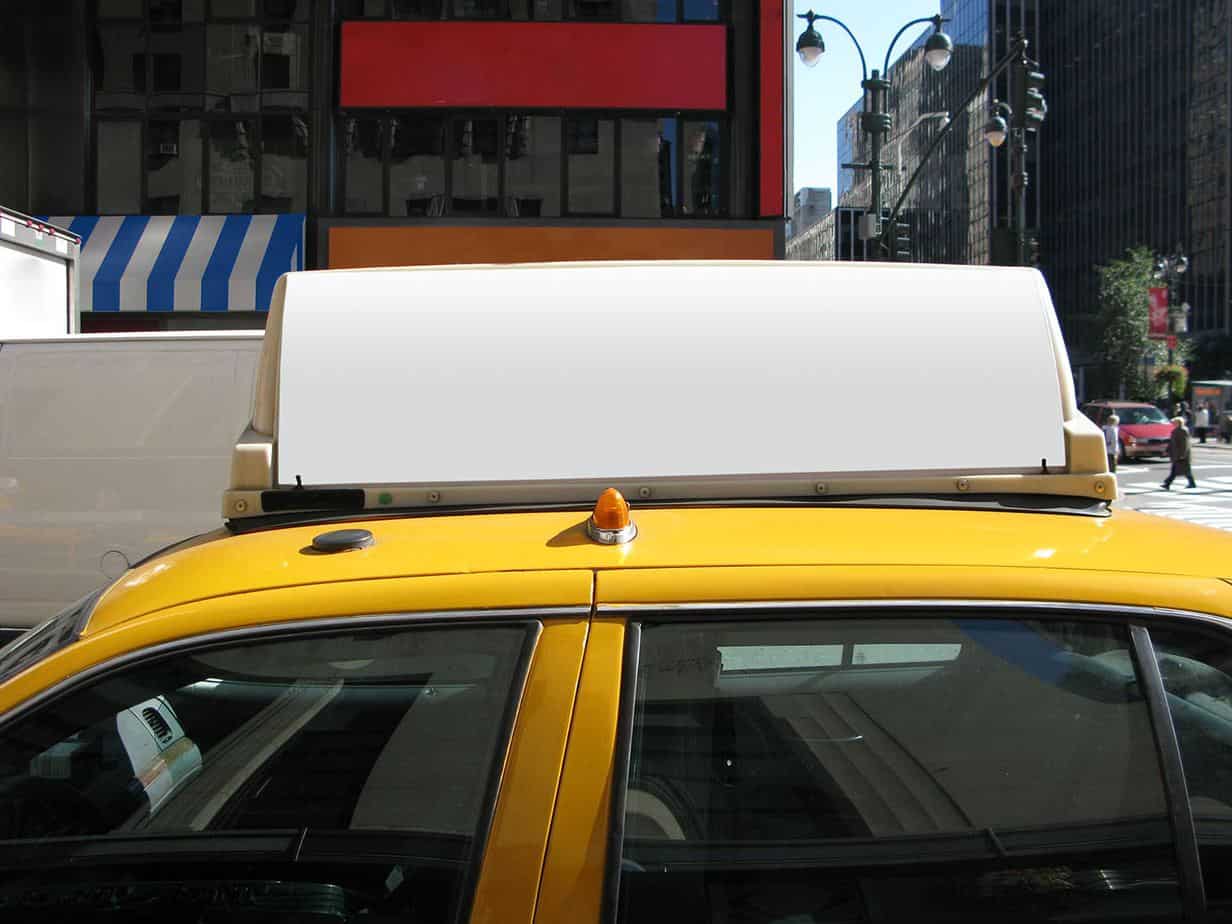
In Friday’s post, I mentioned the importance of integrating marketing messages across traditional and digital media. As Kantar MillwardBrown research shows, what consumers see in one format should be reinforced in another format. When that happens, consumers' increased engagement leads to higher revenue.
Another study recently conducted by Nielsen shows the power of out-of-home advertising in this regard. The OOH format often involves exposure for only a few seconds. A consumer may drive by a billboard and see an ad. Or, shoppers may notice an ad appearing on the side of a city bus. What happens next is intriguing.
Our smartphones are never far from our hands and faces. The constant connectivity means we are looking for more information about the vendors, products and services being promoted in OOH ads. Research shows at least 46% of us conduct mobile searches because of an OOH ad.
We’re also getting social as a result of OOH ad exposure. About 4 in 10 consumers go to Facebook. There, we either look up a vendor or post a message to learn more about them. Similarly, about 25% of us post to Twitter or Instagram after seeing an OOH marketing message.
Researchers also looked at how OOH search activations stack up against several traditional and digital media formats. This metric is important, because it could lead to consumer purchases immediately after a search is completed. OOH search activations are measured at 22 percent. Radio and print each drive 17% of search activations. Interestingly, banner ads displayed on computers also drive about 17% of search activations. In total, 36% of consumers start searching after seeing banner ads.
Given these impressive numbers, your clients might want to reconsider the budget they’ve allocated to OOH. In total, the format accounts for about 7% of all advertising expenditures.
